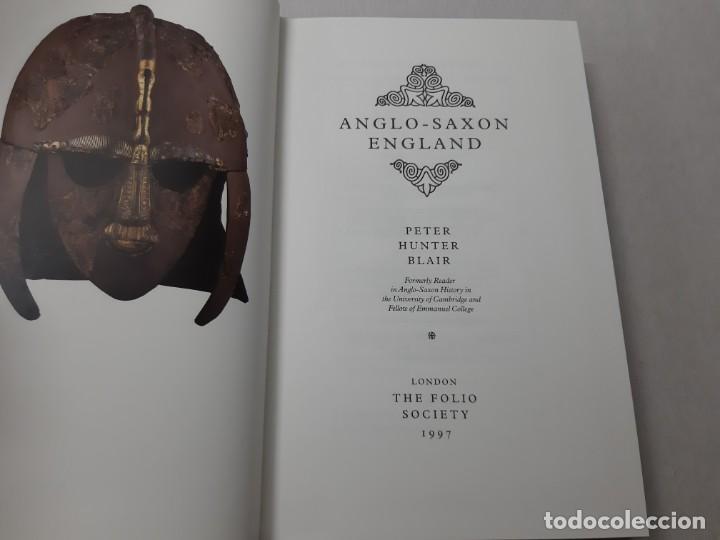

Publisher: WW Norton & Co ISBN: 9780393003611 Number of pages: 322 Weight: 353 g Dimensions: 196 x 130 x 18 mm You may also be interested in. However, Bede's Ecclesiatical History of the English Nation and other great Christian writings, the Anglo-Saxon Chronicle, Beowulf, the stories of Caedmon, and other poems and epics in the Germanic minstrelsy tradition, have revealed much about English economic, social, and cultural life up to the accession of Alfred the Great. The source material on Saxon England is mainly documentary, as these new inhabitants built in wood and little archaeological evidence has survived. Blair skillfully describes the transition from Roman to Saxon England and shows why Rome's greatest legacy to her former colony-Christianity-flowered within Anglo-Saxon culture. After the governorship of Agricola the written sources almost entirely disappear until the early Anglo-Saxon era of the fifth century but archaeologists have been able to gather a great deal of information about the intervening centuries from excavations of old walled towns, roads, and fortresses dating from the Roman period. The real history of Britain begins with the Roman occupation, for the Romans were the first to leave substantial documentary and archaeological evidence. Blair is careful to explain just how scholars have arrived at an accurate knowledge of the first 900 years.

Because the source material is so meager for much of early British history, Mr. Roman Britain and Early England, 55 B.C.-A.D. Presents chronological profiles of men and women of historical British. Whos who in Roman Britain and Anglo-Saxon England 55 BC-AD 1066, R. By the time of Caesar's first expedition to Britain in 55 B.C., migratory movements had established close ties of kinship and common interest between the peoples who lived in Gaul and some of the inhabitants of Britain. Anglo-Saxon England: an introduction, Peter Hunter Blair, Barnes & Noble, 1996, 076070306X.


 0 kommentar(er)
0 kommentar(er)
